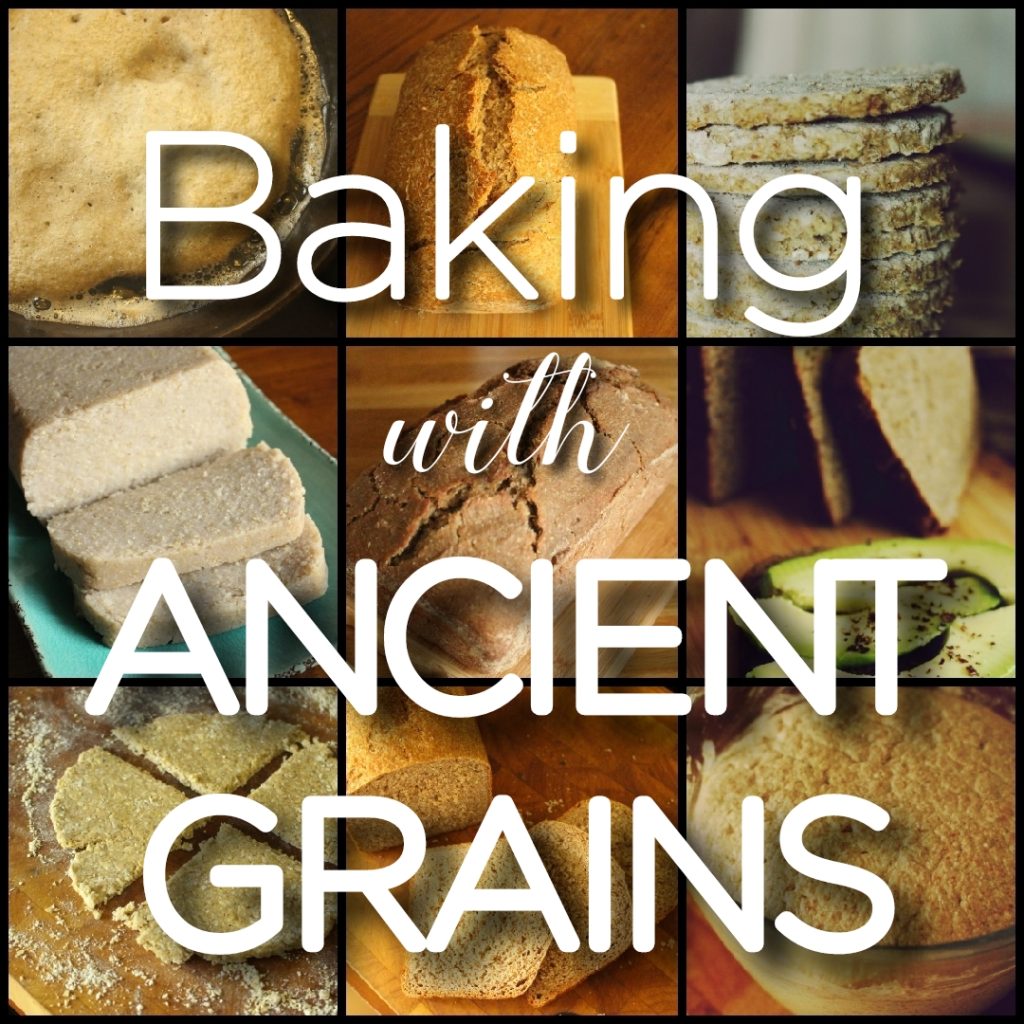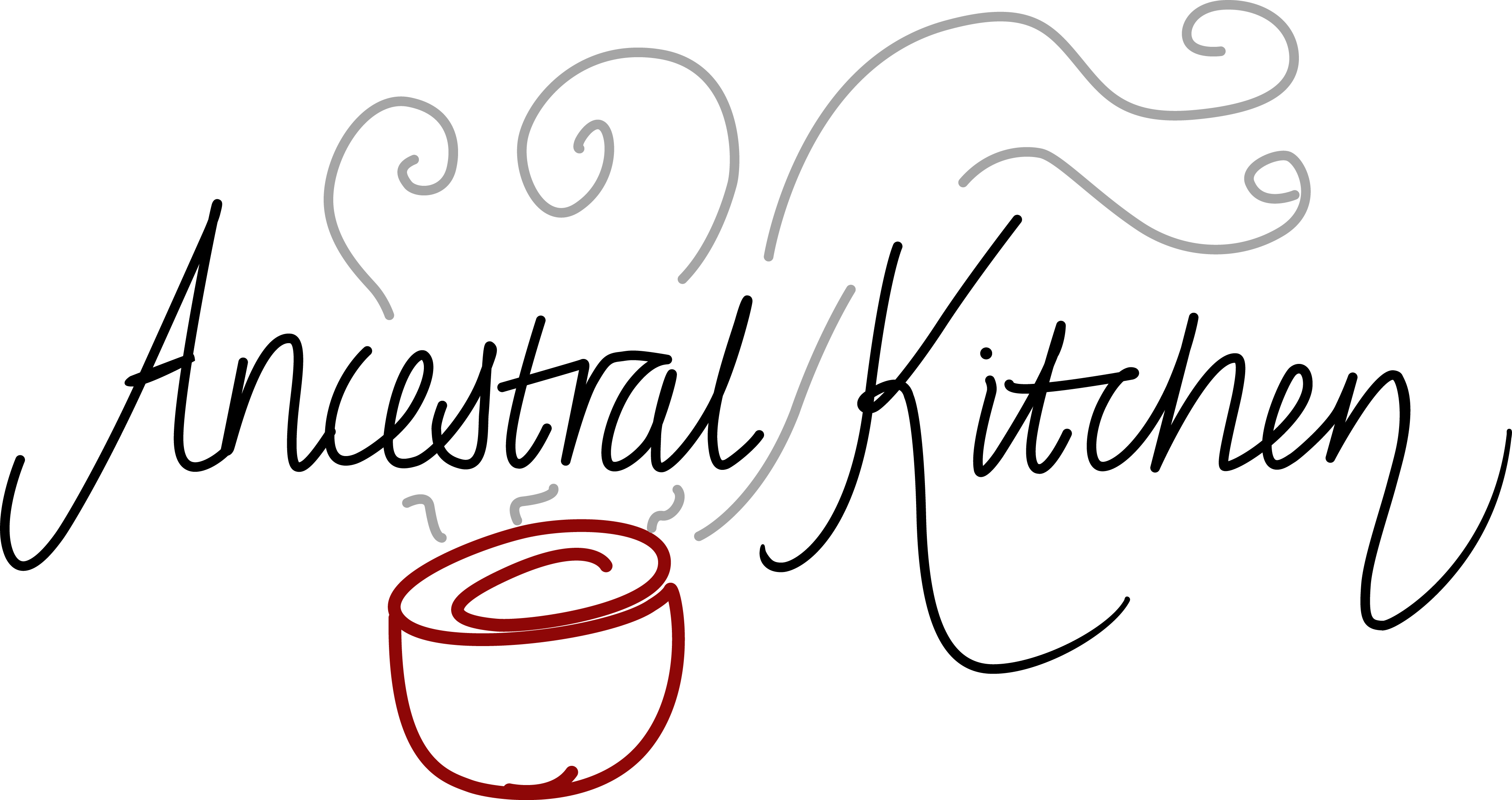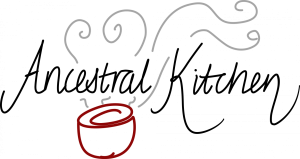Ancestral eating is a fairly modern term and one that I’ve seen confused in many places. In a previous article I defined what ancestral eating is; here, after reading several articles that mis-define ancestral eating, I thought I’d explore what ancestral eating isn’t.

1/ Ancestral eating isn’t eating the way your ancestors did, regardless of where you live.
Ancestral eating is about eating the food that is local to you. Food that can be sustained naturally and well on the land around you.
It is not eating what your ancestors ate, regardless of where you live; that is the science of nutrigenetics which recommends you eat a certain way based on your inherited genes.
For example, if you lived in the centre of America and yet had ancestors that had lived in coastal Japan, nutrigenetics may recommend that you eat a diet high in seaweed and other staples that are ancestral to that area of Asia.
Ancestral eating, however, would say look at the land surrounding you and see what it has traditionally and can naturally sustain and eat that.
2/ Ancestral eating isn’t necessarily eating the way your great-grandparents did.
Michael Pollan famously said in 2008 “Don’t eat anything your great-grandmother wouldn’t recognise as food.” Often this sentence is used to define ancestral food.
Over 15 years after it was written, for many of us (especially those of us in America and the UK), our great-grandmothers were eating industrially-made food. I have several cookbooks from the early 1900s which include margarine in their ingredient lists and indeed Crisco, the industrially-processed replacement to ancestral fats such as lard, was launched in 1915.
Even if we are eating foods our great-grandmother’s would recognise, such as beef, pork and eggs, the animals who produced that food are eating very different things to what they would have been fed in the past. And our vegetables and fruit are now being sprayed with chemical concoctions that didn’t exist back then.
For me, ancestral eating means pre-industrial food systems. We look to the foods that sustained our ancestors before profit became the thing that drives mainstream food and before global transport came into the picture.
3/ Ancestral eating is not eschewing all modern conveniences.
Just because we take the inspiration for our food supply and preparation methods from those who came before us doesn’t mean we cannot use the options that the modern world has given us in the kitchen.
Let’s take the example of grain. In the past, our ancestors would have toiled for many hours hand-working grinding stones to make flour for bread. Now we have companies that have developed compact ecological stone mills for grinding grain at home. These modern mills do the job in a fraction of the time.
We stand at an amazing time: we can have the best of both worlds. We can judiciously choose a way forward that both cares for and ensures the survival of our race yet doesn’t see us spend our whole day on food preparation.
4/ Ancestral eating isn’t a romanticisation of foodways of the past.
It may feel good to get closer to our food; to get our hands in the soil, to grow our own vegetables, to bake our own bread but ancestral eating as a way of life does not romanticise the past.
As residents of developed countries, we live with unprecedented abundance. The people who came before us rarely experienced this; so many of them struggled throughout their lives just to have enough food to survive.
We can be inspired by the food wisdom of our forefathers – the way they cared for the soil, the way they preserved food, the way they wasted so little – whilst also holding both respect for their tremendous battles and gratitude for our own situation.
5/ Ancestral eating isn’t about excluding grains.
The Paleo diet excludes grains. Ancestral eating doesn’t.
It is said that farming grains began 12,000 years ago. Eating ancestrally (being defined as being inspired by pre-industrial food systems) can incorporate grain-eating. As with other food groups, we look to the wisdom of the past to understand best practice. Our ancestors most often processed their grains before consuming by soaking and/or fermenting.
6/ Ancestral eating isn’t an excuse to sell you supplements.
A journey into ancestral food will often educate us about nutrition and in doing so it’s all too easy to get persuaded into the purchase of expensive supplements. Indeed, an Internet search using the terms ancestral food will relatively quickly bring results that talk about supplementation.
Sometimes supplements can be useful. And sometimes they can be produced sustainably. However, the tenets of ancestral eating revolve around careful selection, sourcing and preparation of foods and it is absolutely possible to eat ancestrally without supplementing your diet with powders or pills.
Further resources:
My article: What does Eating Ancestrally Mean?
Ancestral Kitchen Podcast episode: All About Grains

Bring ancient grain baking into your kitchen!
Download my free 30-page guide with five healthy and tasty 100% ancient grains recipes.


I think the title Ancestral Eating needs to be changed. I’m so glad you cleared this up. I know a few people that eat “ancestrally”, with a focus on meat, fish, wild game and next to no vegetables. They reason that way back when their ancestors did not eat them. Funny thing is this woman is Italian. I’ve always eaten as much locally produced as possible and do believe that along with ferments is the healthiest way of eating, just never thought of it as ancestor eating. Thank you for showing me the bigger picture.
Nice to hear from you, Sharon. I would define the way your friends eat as ‘paleo’-inspired, verging on ‘ketogenic’. Farming started 12,000 years ago and, even before that, so many of our ancestors ate wild grasses (the pre-cursor to modern grains), root vegetables and foraged greens.
Local food was the norm for all of us up to a couple of hundred years ago. You are following in the footsteps of those who came before and lived sustainably.
Good morning from Norway! Thanks for email and clarification on the subject. The most “controversial” nutrionist in Norway is all about eating locally and clean food. No wonder govt don’t like her. Their advices on food is pure desinformation. I would like to go back to nature as much as possible, so paleo is the closest way of “dieting” for me. Collecting plants, berry, fruit(?) from nature and buy wildcaught meat. I would also like a grinder which is manual, not electric. But where do I find it.. I have a coffee grinder, but it’s challenging to use. Have a nice day in uk 🙂
Hello Inger from England. I agree with you about government information on food/health – the ‘solutions’ they offer do not work.
What produce do you want to grind?
Thanks for feedback. Glutenfree grains like emmer, spelt, einkorn are what I can eat. I make sourdoughbread from spelt, flax and chia and I would like to grind the spelt myself. I try to not eat so much bread, but it happens.
I know, spelt is not glutenfree. But the sourdoughprocedure makes the gluten tolerable for me.
It’s the same for my husband. He can eat spelt sourdough that I make. We ave a hand-cranked Marcato Marga grinder, but it doesn’t grind very finely. There are other manual grinders, but I haven’t tried them. Some online research would probably find you one.